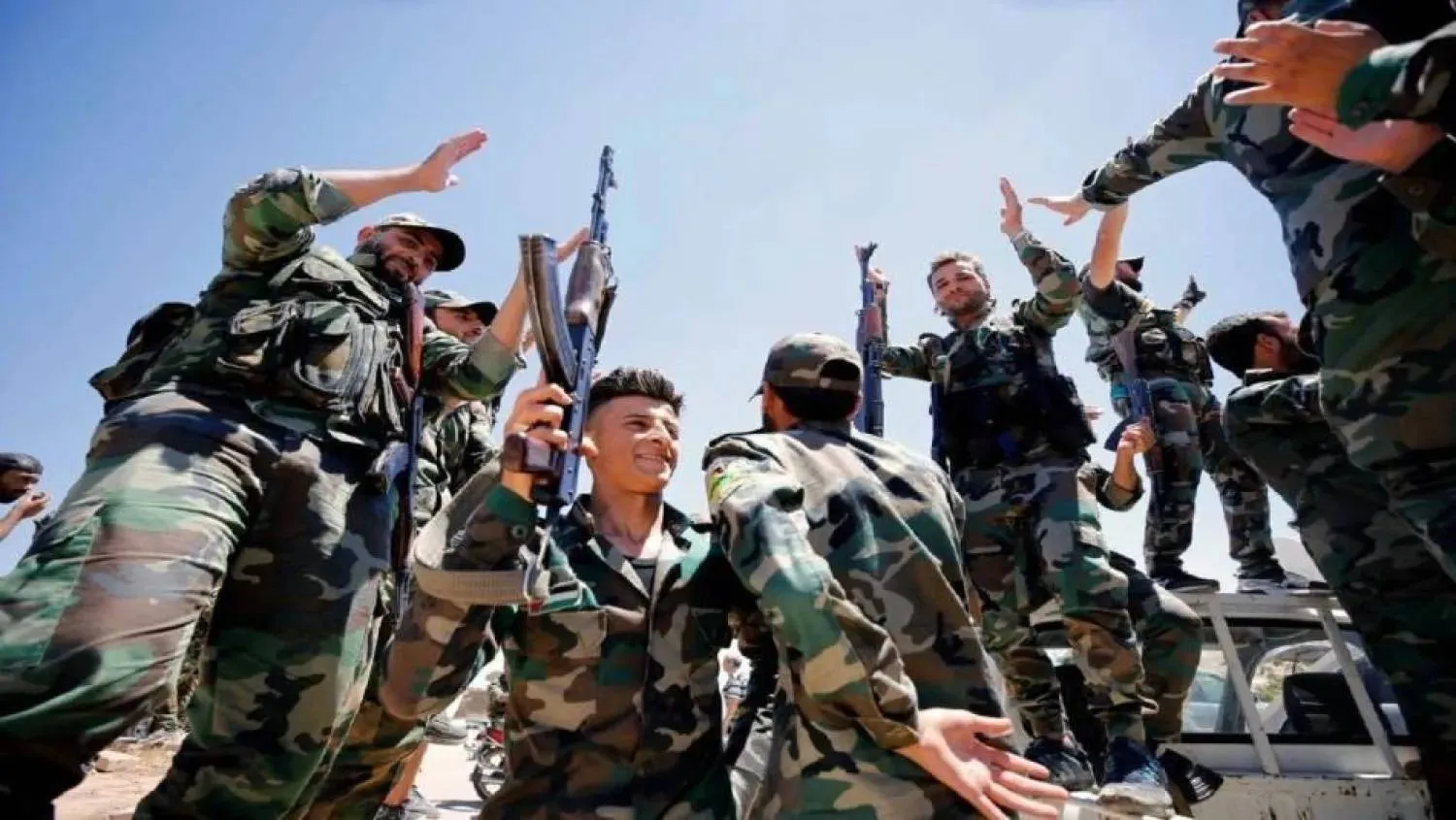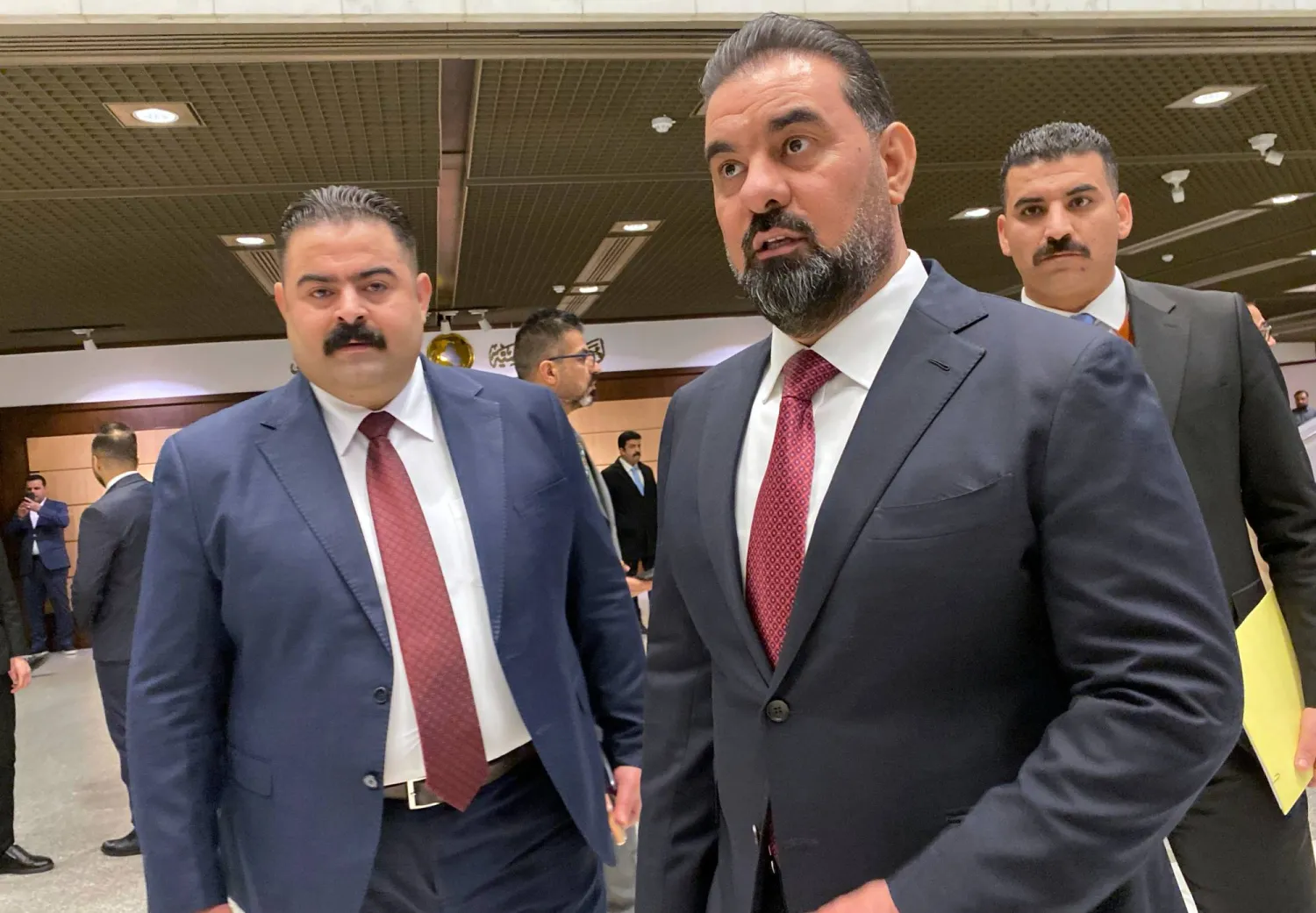Shy celebrations commemorating the September 1 Revolution spread over several Libyan cities with events being held in southwestern Sabha, Tripoli suburbs, Sirte, and at what is dubbed the ‘cradle of revolution,’ Benghazi.
Parallel to celebration, a joint statement issued by the US, UK, France and Italy calling for an immediate end to deadly violence in Tripoli did not lead to a ceasefire, neither did mediating-efforts spent by top tribesmen help end the six-day outbreak of clashes at the capital.
Colonel Muammar Gaddafi, in his last speech near Bab El Azizia in 2011, promised a fiery chaos that today is seen evident in Tripoli being the playground of mounting violence as the notion of an unregulated and massively armed public becomes a reality.
At least 39 people, including civilians, have died in rival militia clashes in Tripoli in recent days.
A UN-backed government is nominally in power in the capital, but militias occupy much of the rest of the country.
The 1969 Libyan coup d'état, also known as the al-Fateh Revolution or the 1 September Revolution, was a military insurgency carried out by the Free Officers Movement, a group of military officers led by Gaddafi, which led to the overthrow of King Idris I.
Marchers in rallies on Saturday carried portraits of Gaddafi’s son and successor in line, Saif al-Islam, despite his whereabouts remaining unknown.
All and above the fact of all symbols belonging to Gaddafi's time in rule being wiped out, and his relatives living in exile, some reminiscent Libyans waved the colonel’s signature green flag.
It was not surprising after seven years of frustration and bitter war that the 49th anniversary of the Gaddafi-led revolution was celebrated with some nostalgia. Libyans today grieve for the fleeting sense of stability they enjoyed prior to Gaddafi’s overthrow.
Ever since 2011--the year during which Gadhafi’s regime was toppled--the country has spiraled down into sporadic divisions, conflicts and battle for influence between armed forces.
Fired arms rocked Tripoli’s hopes and nostalgia as indiscriminate missile firings rained over military and civilian targets. The city’s airport was targeted with the bombardment, disrupting flights.
The clashes in Tripoli which erupted earlier this week have endangered the lives of local residents and an estimated 8,000 refugees, asylum seekers and migrants, Doctors Without Borders, known by the French acronym MSF, said in a statement.
Conflicted feelings filled Tripoli’s air, with some supporting the February 17 revolt that put an end to Gadhafi’s power –seen as the root cause of all national distress- and others denouncing the revolution for all the bloodshed mayhem it brought about.









